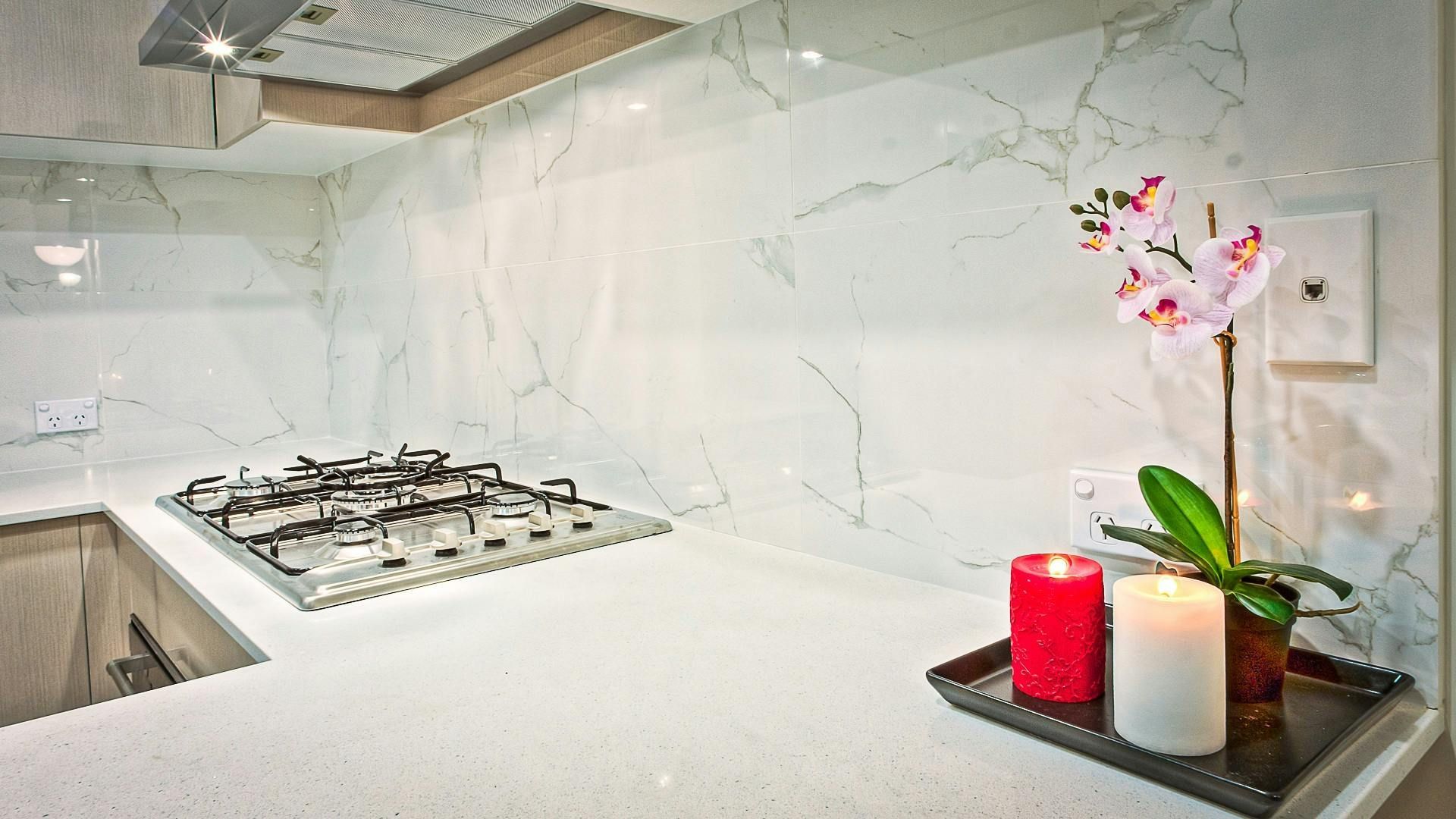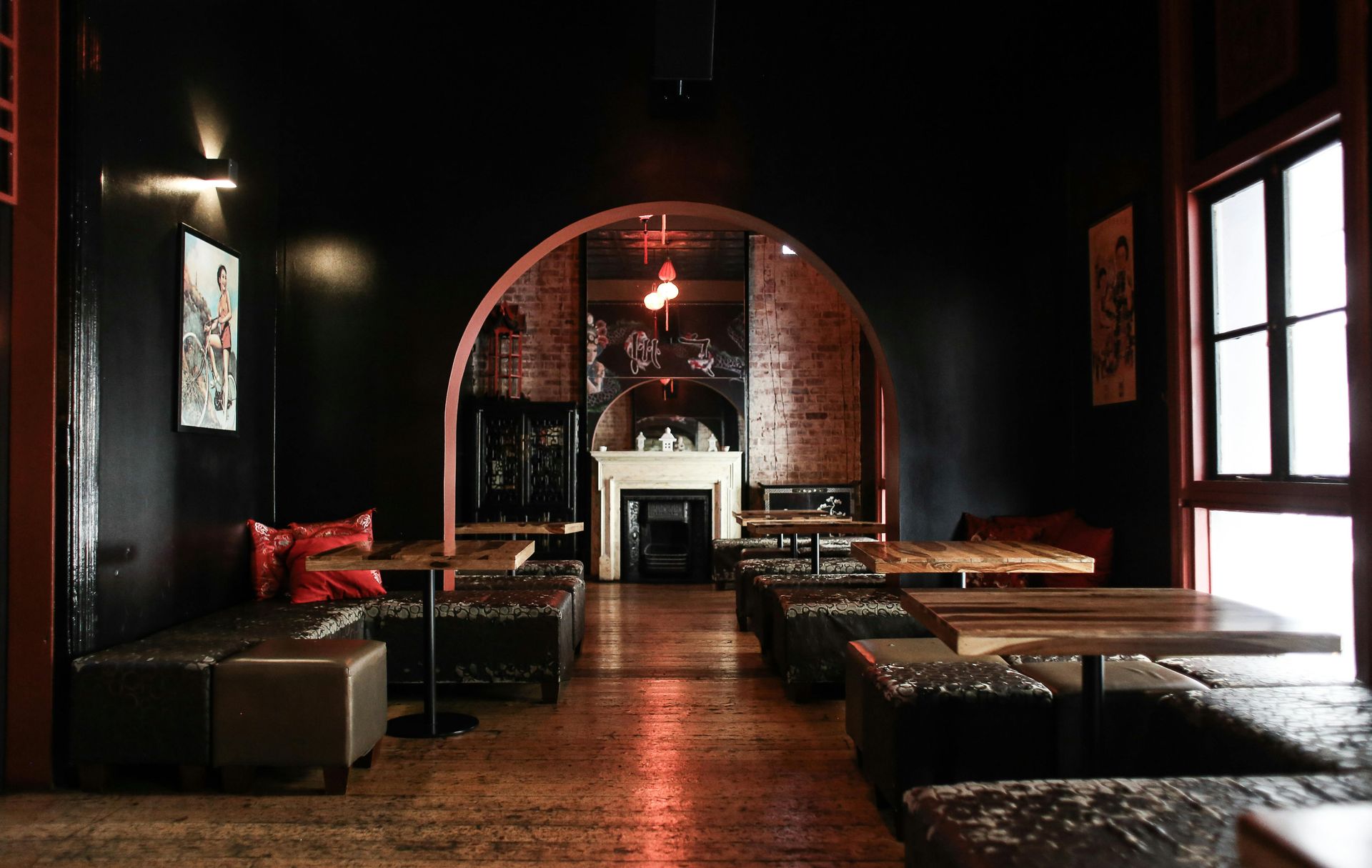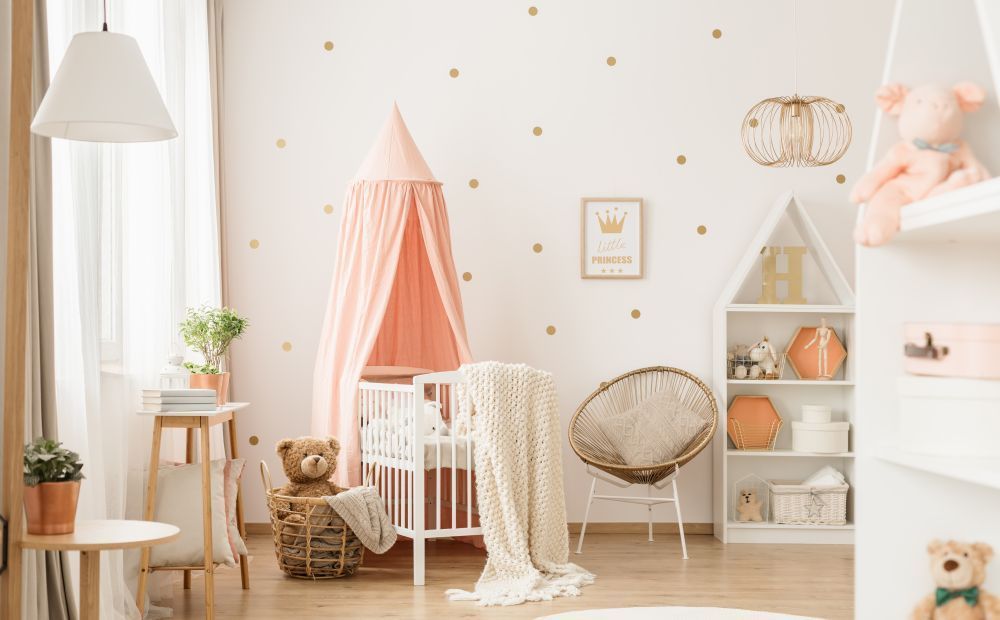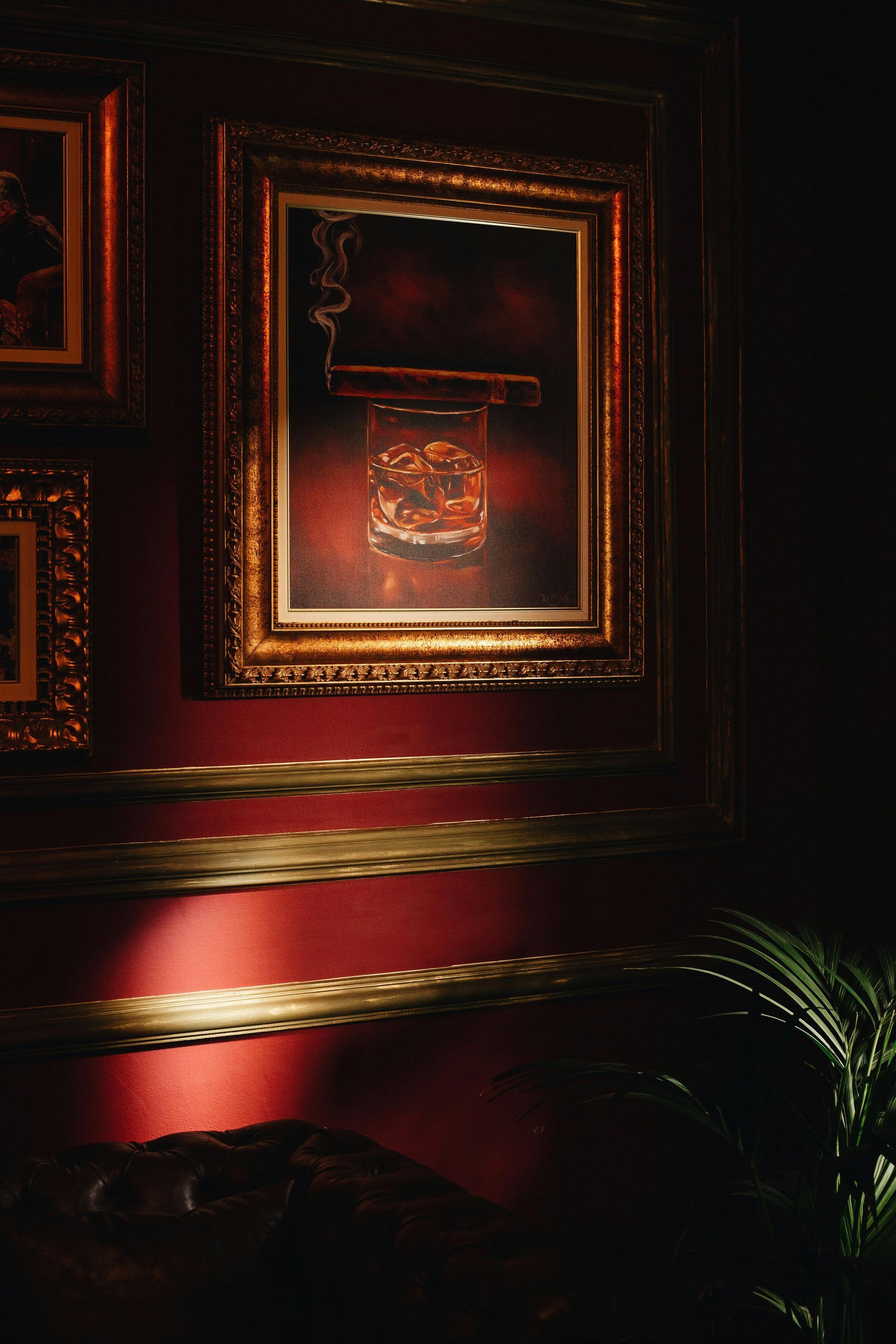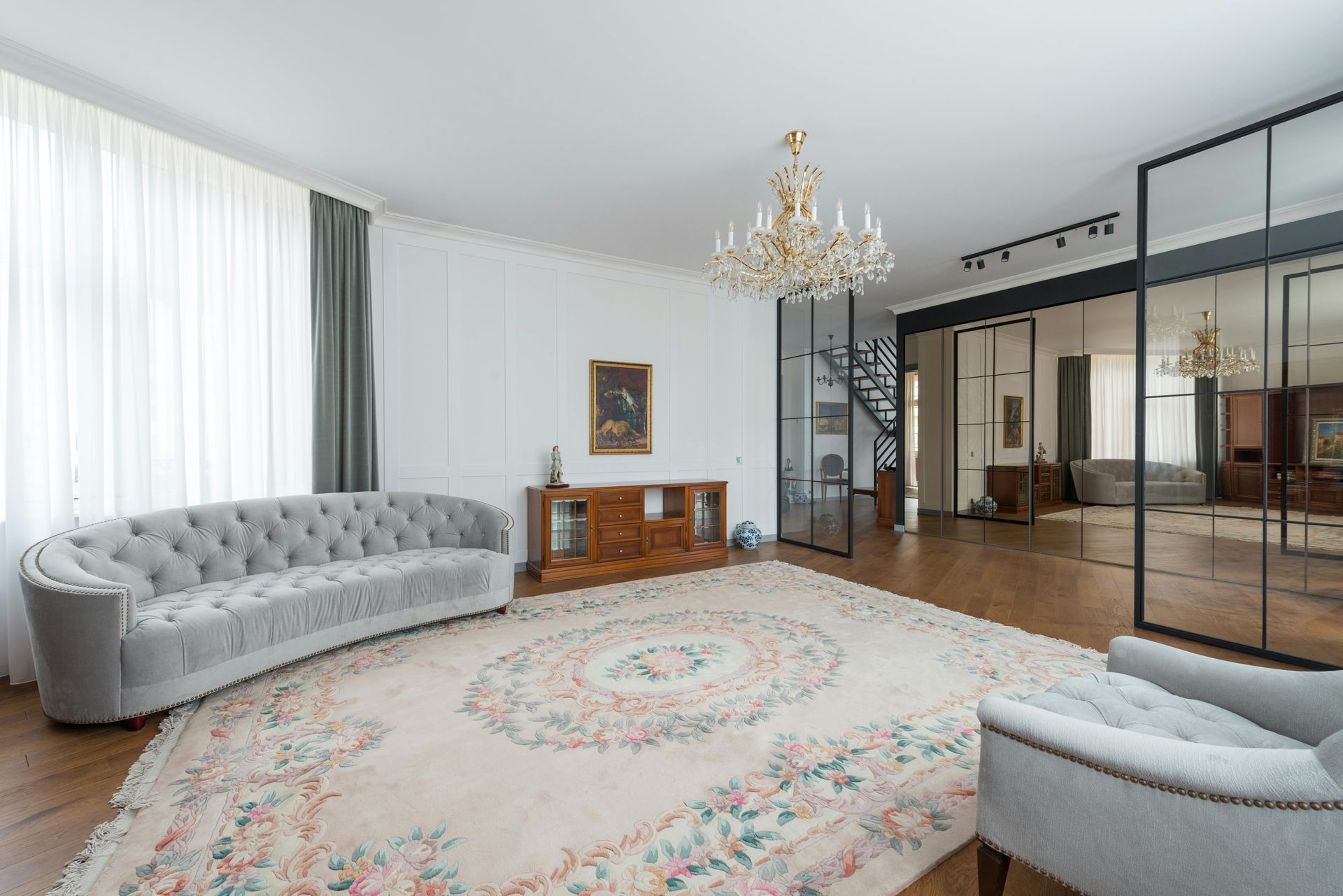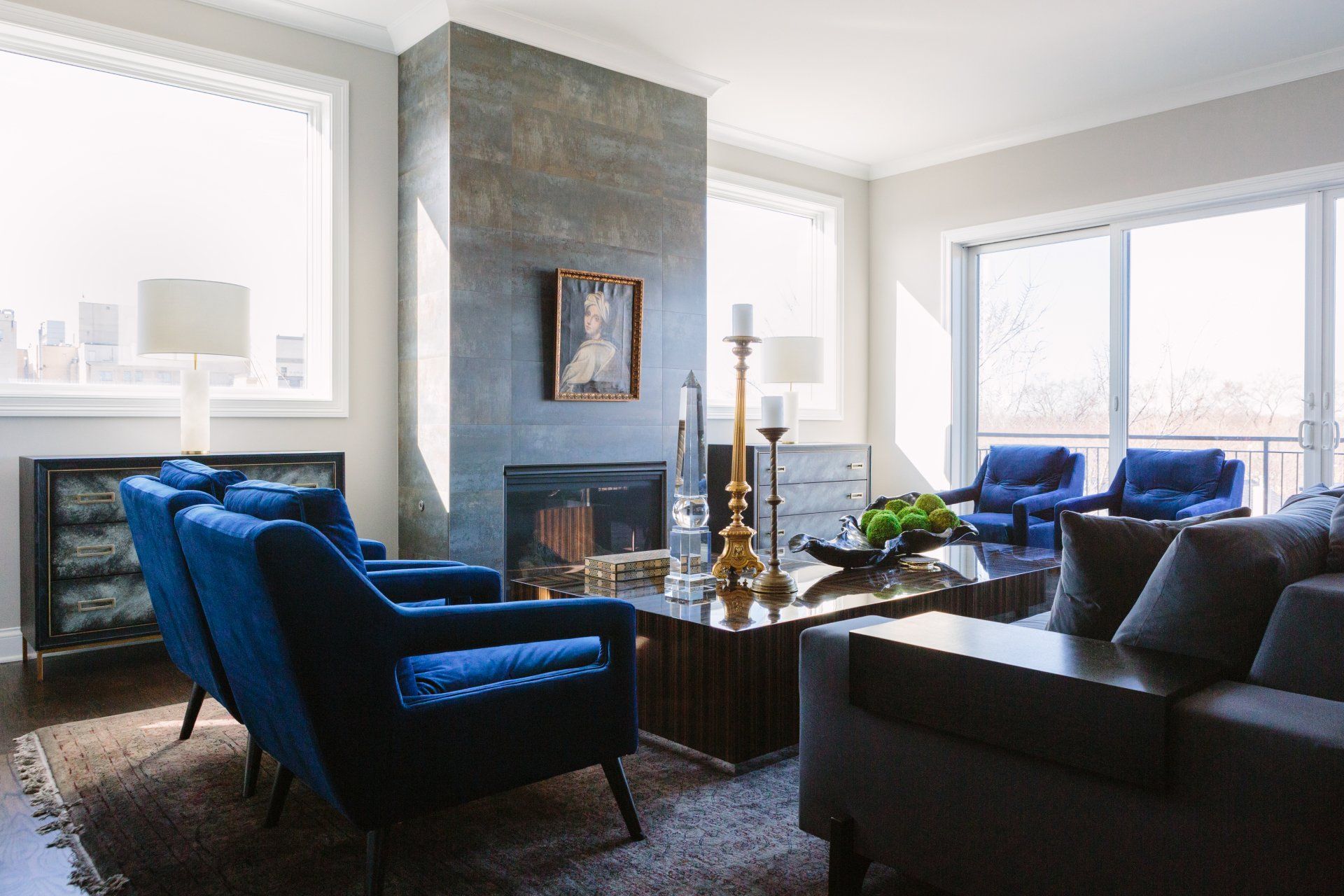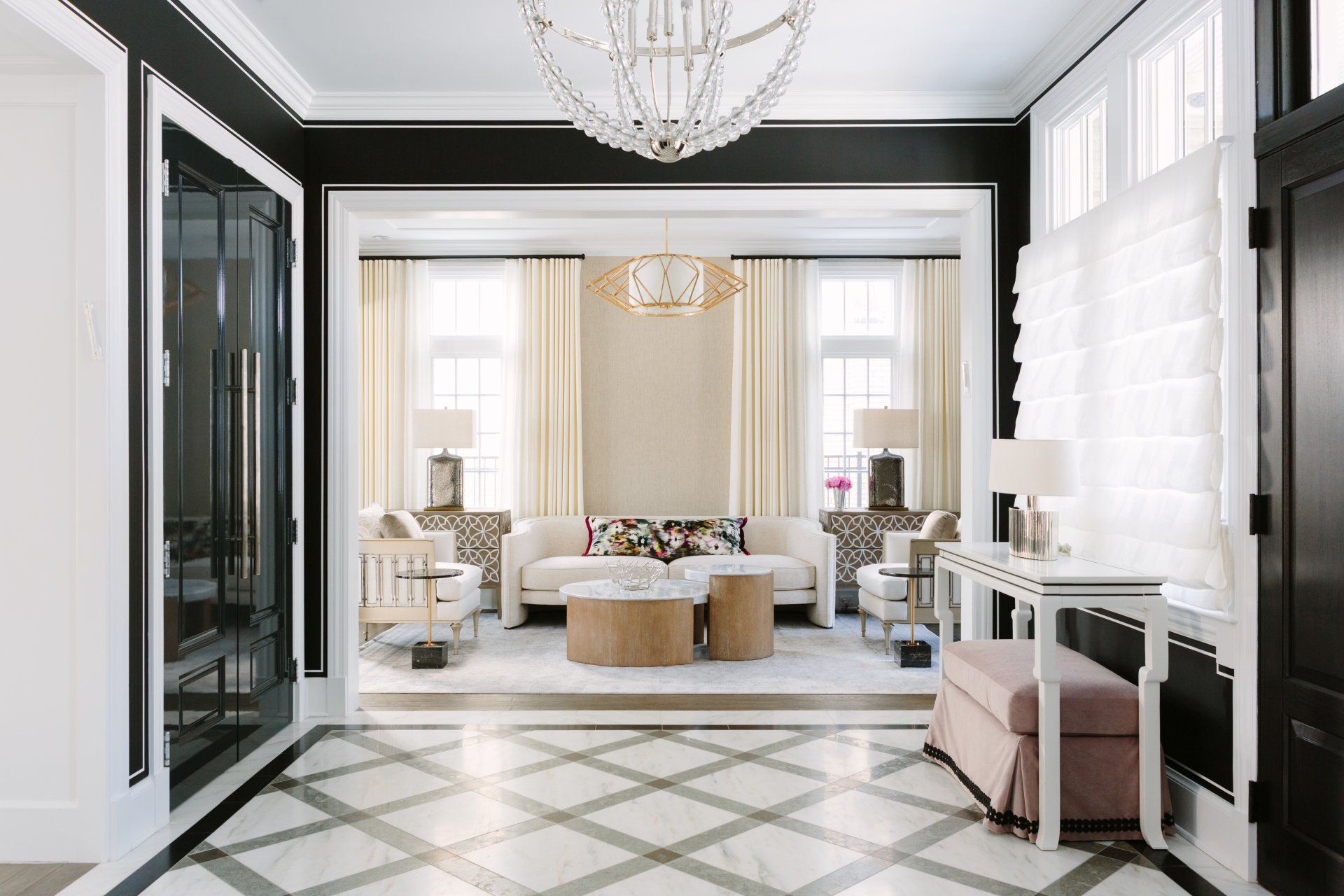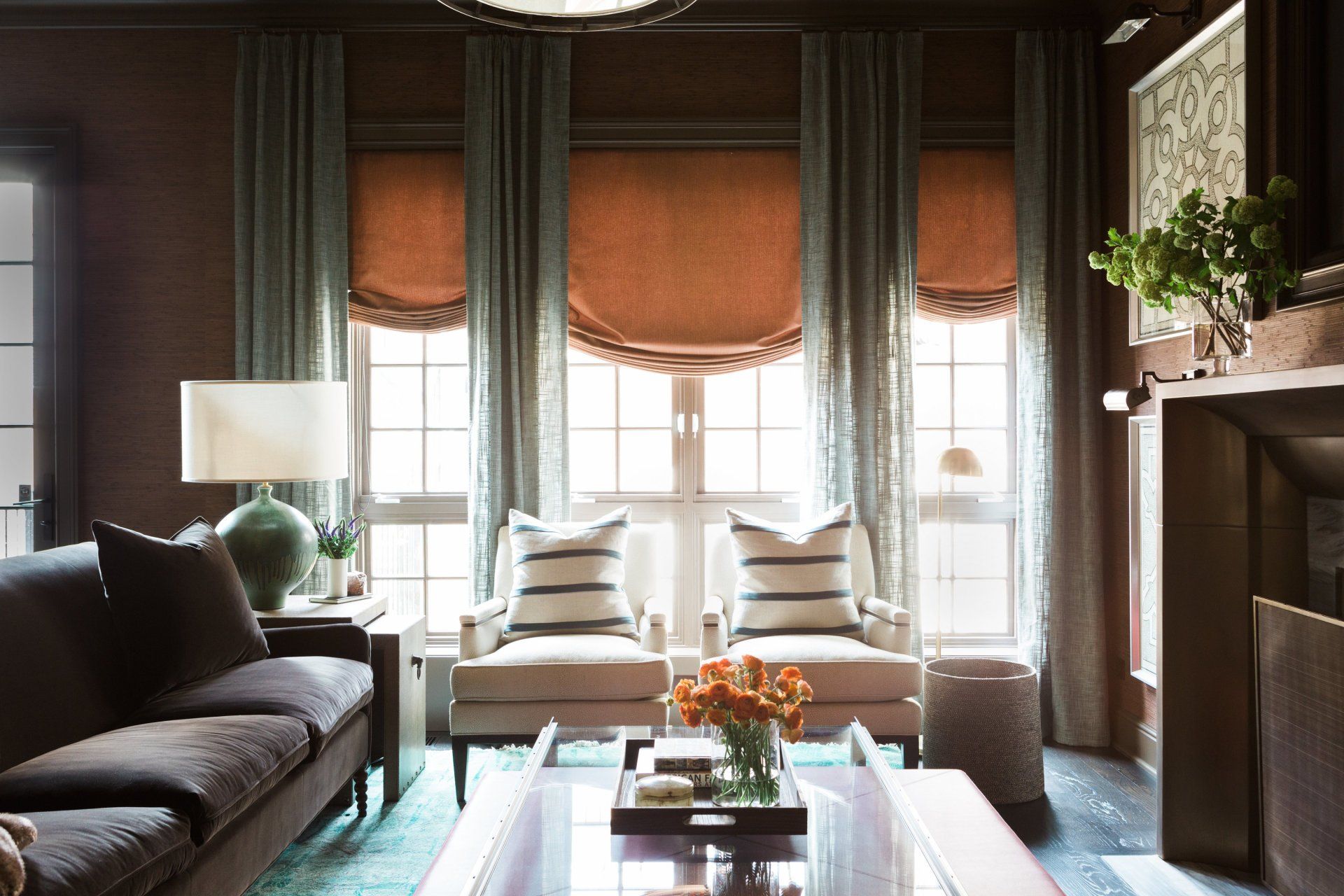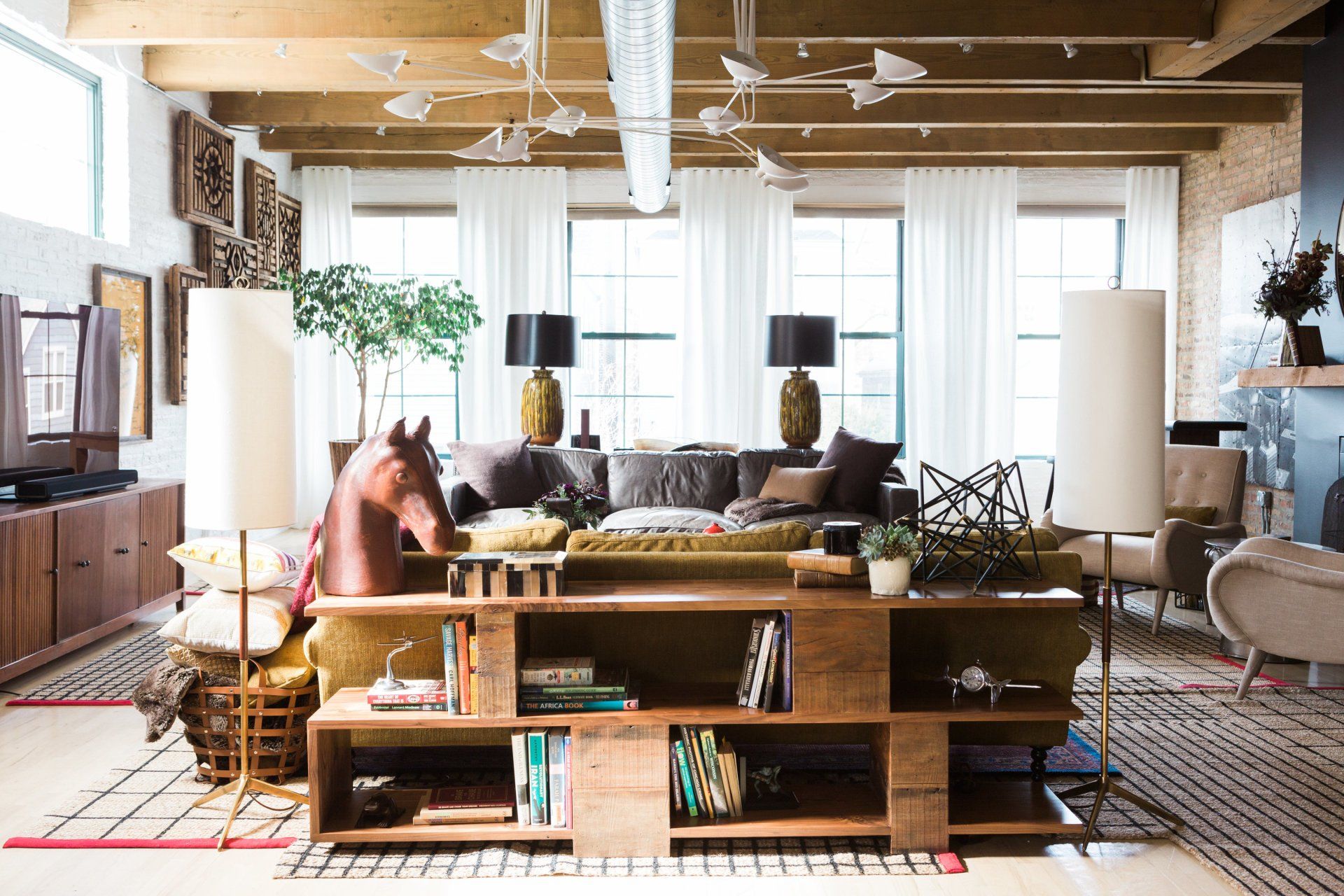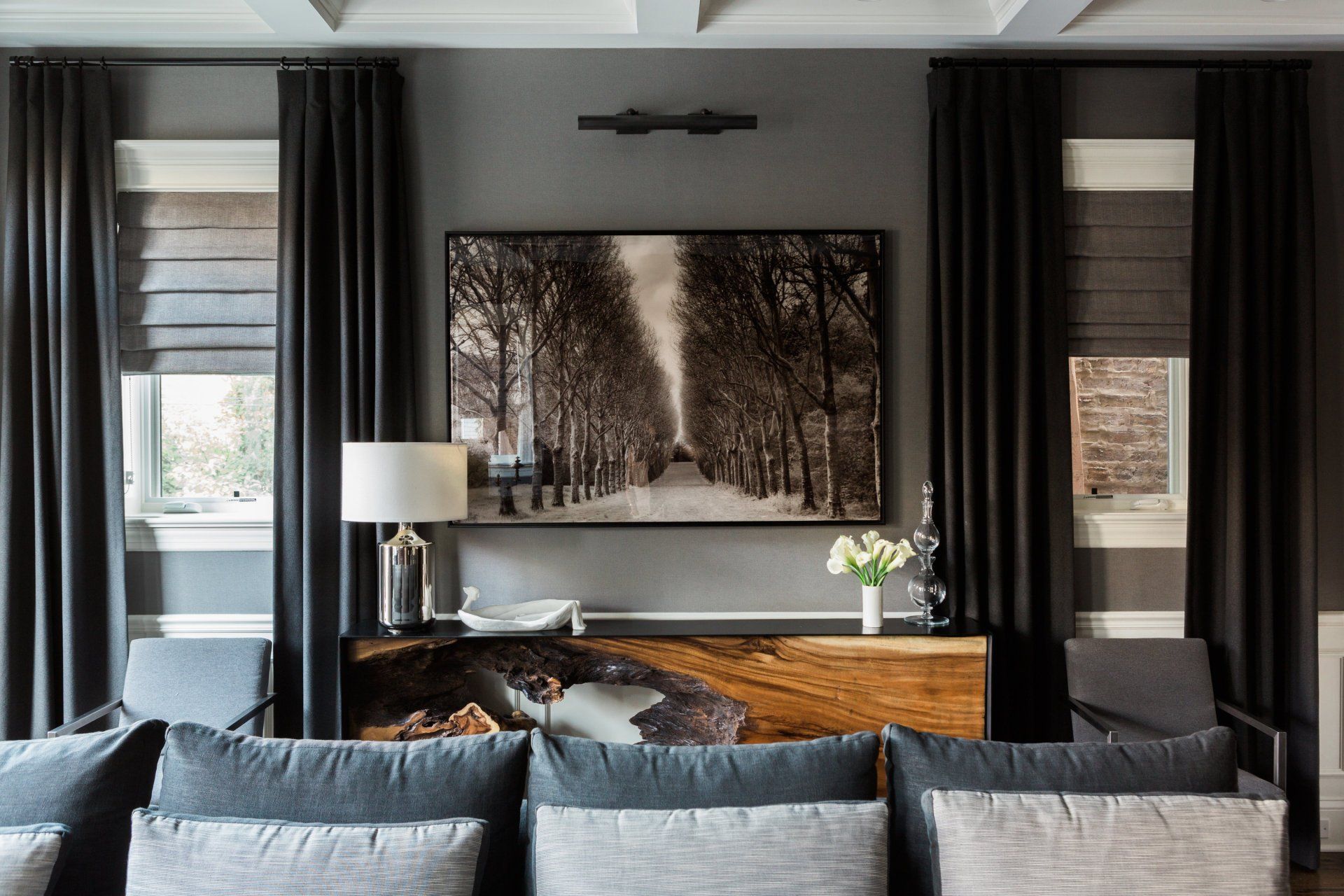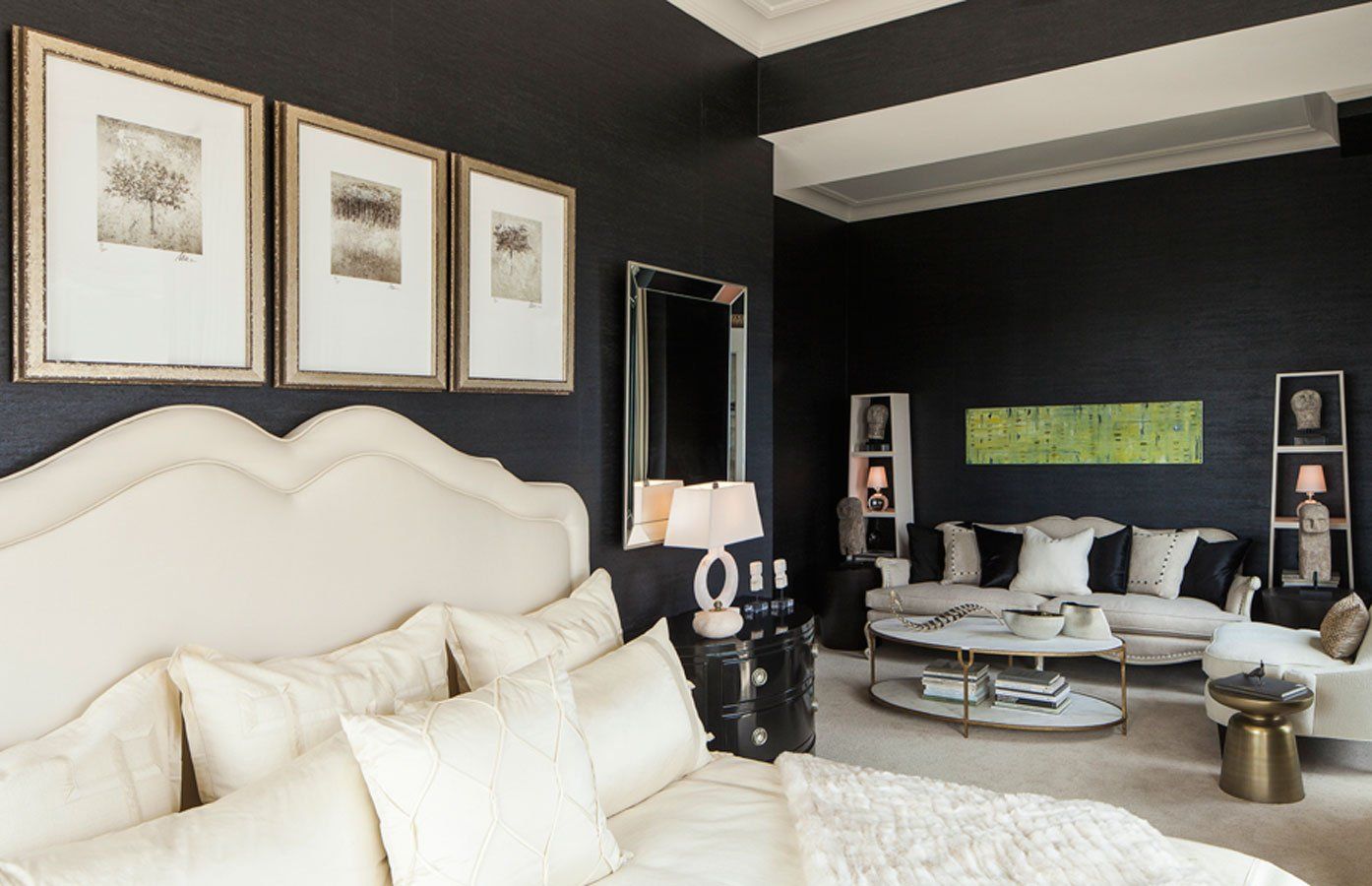The Ultimate Guide to Modern Interior Design Styles: Minimalism to Maximalism
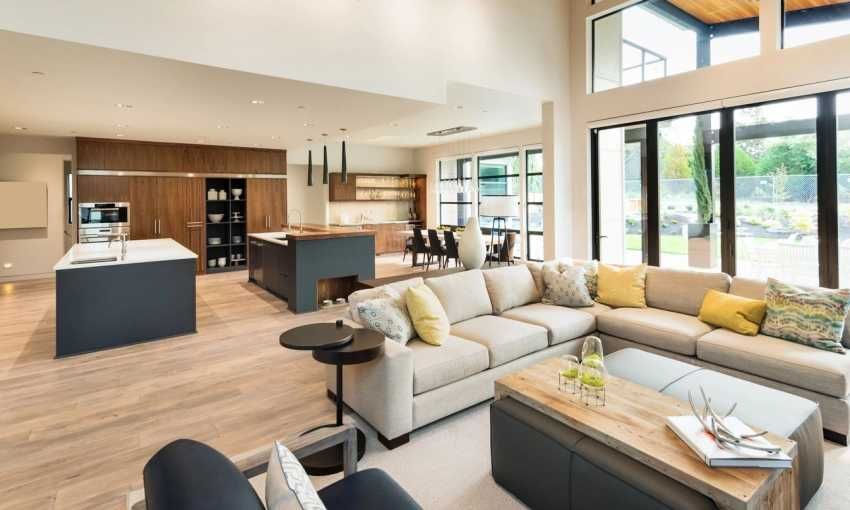
The world of interior design is vast and ever-evolving, offering a plethora of styles to suit every taste and personality. In this guide, we'll delve into the world of modern interior design styles, exploring the spectrum from the serene elegance of minimalism interior design to the bold and expressive world of maximalism. Whether you're a design enthusiast or simply looking to refresh your living space, this comprehensive exploration will empower you to create a home that truly reflects your style.
Understanding Modern Interior Design Styles
Before diving into specific styles, let's establish a foundation for modern interior design. This aesthetic typically embraces clean lines, functional furniture, and a focus on open spaces. It's a style that values simplicity, but it's also incredibly versatile, allowing for a wide range of interpretations.
Minimalism Interior Design: Less is More
At one end of the modern spectrum lies minimalism interior design. Characterized by its uncluttered spaces and neutral color palette, minimalism prioritizes functionality and tranquility. Key elements of this style include:
-
Clean lines and simple forms: Furniture and decor feature clean, geometric shapes.
-
Neutral color palette: White, gray, and black dominate, creating a serene atmosphere.
-
Natural materials: Wood, stone, and metal are commonly used for their inherent beauty.
-
Decluttering: Minimalism emphasizes open spaces and the absence of unnecessary items.
While minimalism may seem austere to some, it can be incredibly inviting when executed thoughtfully. By carefully selecting high-quality pieces and incorporating natural light, you can create a spacethat is both sophisticated and relaxing.
Maximalism Design Guide: Embracing Abundance
In contrast to minimalism, maximalism design celebrates abundance, color, and pattern. This style is for those who aren't afraid to make a statement and embrace their individuality. Check some characteristics in this maximalism design guide:
-
Bold colors and patterns: Maximalist interiors are often a vibrant mix of colors and textures.
-
Layering: Multiple patterns, textures, and art pieces are combined to create visual interest.
-
Eclectic mix: This style welcomes a diverse range of furniture and decor styles.
-
Personal expression: Maximalism is all about reflecting your unique personality through your space.
Maximalism doesn't have to be overwhelming. By carefully curating your collection and maintaining a sense of balance, you can create a space that is both inspiring and livable.
Finding Your Perfect Style
The beauty of modern interior designlies in its adaptability. You don't have to strictly adhere to one style; instead, you can create a harmonious blend that reflects your personal preferences. Here are some tips for finding your perfect style:
-
Define your personal style: Consider your personality, lifestyle, and how you want to feel in your space.
-
Create a mood board: Collect images of interiors you love to visualize your desired aesthetic.
-
Start small: Incorporate elements of your chosen style gradually to avoid feeling overwhelmed.
-
Experiment with color: Use color to create different moods and atmospheres.
-
Balance is key: Whether you lean towards minimalism or maximalism, strive for balance in your design.
Beyond Minimalism and Maximalism
While minimalism and maximalism represent two ends of the spectrum, there are countless other modern interior design stylesto explore. Some popular options include:
-
Mid-century modern: Characterized by clean lines, organic shapes, and a focus on functionality.
-
Scandinavian design: Emphasizes simplicity, natural materials, and a light and airy feel.
-
Industrial chic: Combines raw materials like exposed brick and metal with modern elements.
-
Contemporary design: A modern style interior designthat incorporates current trends and innovations.
Conclusion
Modern interior design styles offer endless possibilities for personal expression. From the serene minimalism to the exuberant maximalism, there's a style to suit every taste and lifestyle. Remember, the ultimate goal is to create a space that reflects your individuality and brings you joy. Modern home styles are fun and exciting. You can pick a simple look or a busy one. The key is to make your home feel like you. This guide helps you find the right style. Use these ideas to make your home great!
Modern home styles have lots of options. You can mix and match modern interior design stylesto create your perfect space.
Frequently Asked Questions (FAQs)
What is the difference between modern and contemporary design?
Modern design is rooted in the early 20th century and emphasizes clean lines, functionality, and natural materials. Contemporary design is more current and incorporates the latest trends while maintaining a modern aesthetic.
Can I mix minimalism and maximalism in the same space?
Absolutely! You can create a harmonious balance by combining minimalist elements with pops of maximalist color or pattern. Combine simple lines and neutral colors with bold patterns and vibrant colors. The key is balance. For example, a minimalist room can be accented with a maximalist piece of art or a colorful rug.
How can I make a small space feel more spacious using minimalist design?
To make a small space feel bigger, use light colors on walls and furniture. Mirrors reflect light, creating an illusion of more space. Choose furniture that serves multiple purposes to save room.
What are some essential pieces for a minimalist living room?
A minimalist living room needs a comfortable sofa, a coffee table, and a TV stand. Add a few carefully chosen accent chairs for extra seating. Focus on simplicity and functionality while selecting pieces.
How can I add personality to a maximalist space without it feeling cluttered?
To prevent clutter in a maximalist space, carefully choose items you love and have a purpose. Balance bold patterns with solid colors. Create a focal point and declutter regularly. Varying object sizes helps prevent overwhelm. Remember, less can sometimes be more, even in maximalist design.
